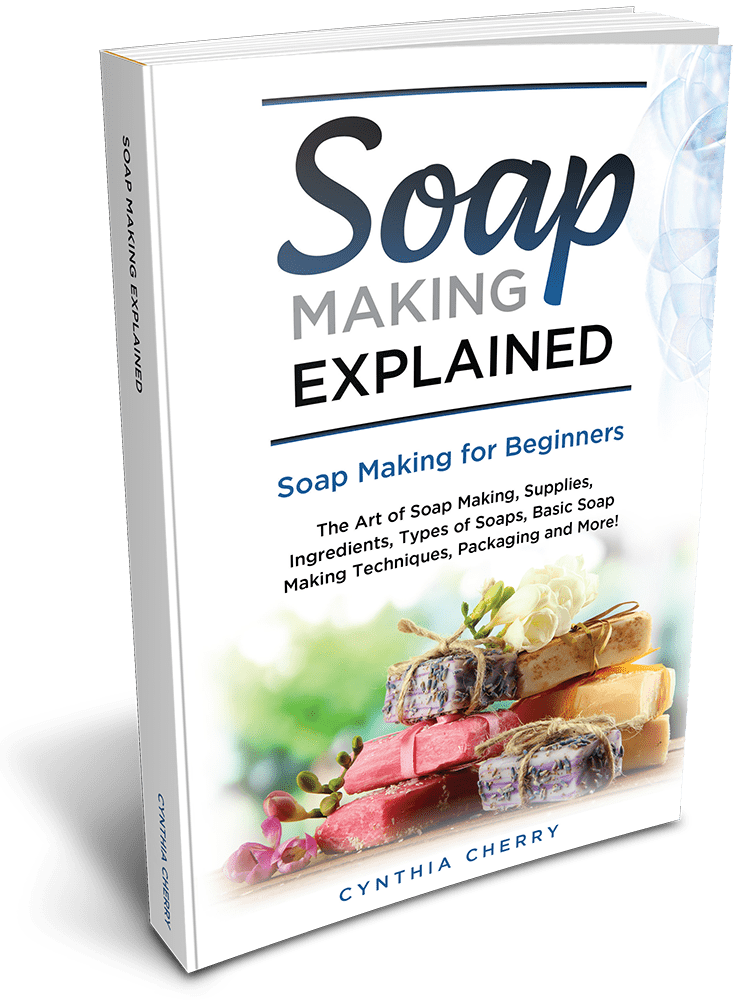TABLE OF CONTENTS
- Introduction to the Art of Soap Making 1
- Basic Soap – Making Techniques 2
- Pros and Cons of Soap – Making Methods 4
- Method #1: Melt and Pour Soap – Making 4
- Pros and Cons of Melt & Pour Soap 6
- Method #2: Cold Process Soap – Making 7
- Pros and Cons of Cold – Process Soap 9
- Chapter One: Basic Ingredients Used in Soap Making 11
- Basic Melt & Pour Method 12
- Fragrance Oils vs. Essential Oils 14
- Using Herbs and Colorants 18
- Oxides 18
- Mica 19
- Labcolor 20
- Chapter Two: Swirled Layers and Embedding with Melt and Pour Soap Base 25
- Swirling Using Melt and Pour Soap 26
- Embedding Objects in Melt & Pour Soap 31
- Embedding Soap Objects in Melt & Pour Soap 36
- Chapter Three: Double – Pour, Four – Pour, Morphing and Fading Techniques 39
- The Double Pour 40
- Tie – Dyed Soap and Four Pour Soap 45
- Morphing and Fading Technique for Melt and Pour Soap 48
- UV Inhibitor 48
- Vanilla – Color Stabilizer 49
- Chapter Four: Advanced Melt and Pour Techniques: Clam Shell Soap and Candy Soap 55
- How to Make Melt and Pour Clam Shell Soaps 56
- How to Make Melt and Pour Candy Soaps 62
- Chapter Five: Cold – Process Soap Making Basics: Ingredients, Lye Water and Saponification Process 69
- Basic Ingredients for Cold – Process Soaps 70
- Different Types of Oil Ingredients 71
- Soap Butters 73
- Essential Oils and Fragrance Oils 74
- Lye (Sodium Hydroxide) 74
- Lye Safety Tips and Considerations 75
- Tips and Tricks in Creating Lye Water 76
- Saponification 78
- Saponification Value (SAP Value) 80
- Chapter Six: Cold – Process Soap Making: Fragrance Oils and Colorants 85
- Using Fragrances in Cold – Process Soaps 86
- Ricing, Seizing, and Acceleration 87
- Using Colorants in Cold – Process Soaps 93
- Colorants for Cold – Process Soaps 94
- Chapter Seven: Packaging and Selling Your Soaps! 101
- Tips and Tricks for Packaging Soap 102
- Other Ways of Packaging Soap 104
- Branding, Marketing, and Selling Your Soaps 105
- Photo Credits 111
- References 112

